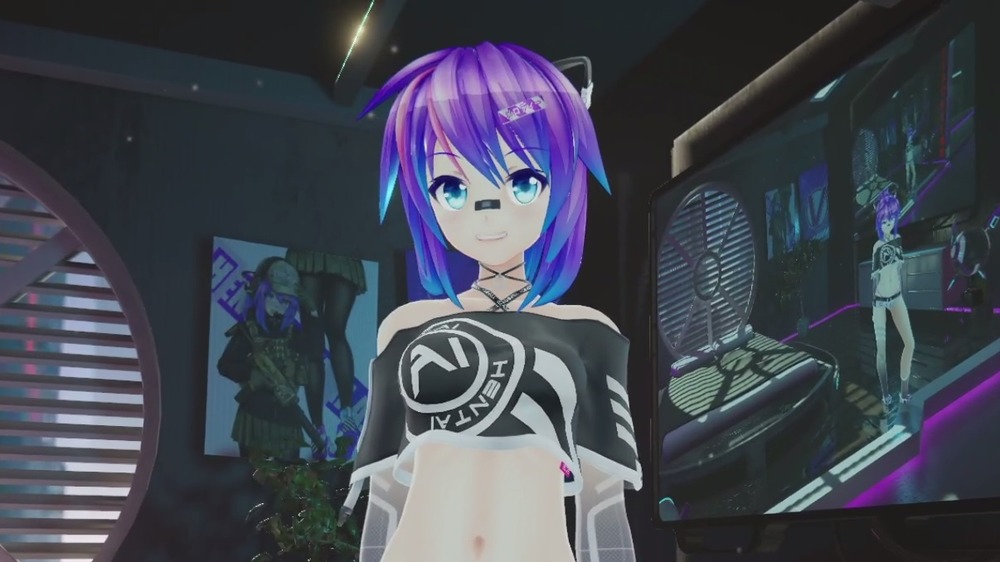The Untold Truth Of Vtubers
The influence of streamers on YouTube, Twitch and Facebook Gaming has become immense. Stars like Ninja are achieving crossover success while the endorsement of top tier streamers reportedly helped make Apex Legends – which arrived with no previous advertising — one of the biggest battle royale games. However, another type of streamer has emerged, one that at the same time offers content creators increased anonymity and even larger branding possibilities: Vtubers.
These new content creators use 3D avatars to represent themselves or create entirely new identities on streaming platforms. Those avatars help streamers appeal to hyper-specific audiences and give their channels a wider range of merchandising options beyond monetizing a catchphrase or distinctive facial hair. As the trend gains more traction, even some of the most recognizable streamers, such as Pokimane, have jumped on the Vtuber bandwagon, although with mixed reactions from fans.
While Vtubers have only recently caught the attention of many gamers, they have been present on Japanese social media for the last few years and their history can be traced throughout the 2010s. Here is the untold truth of Vtubers.
Early Vtubers have a corporate and government background
The line between streamers and the corporate entities has long been blurred. Popular World of Warcraft streamer Asmongold was offered $300,000 in November 2020 for a single day of streaming and contracts for the biggest names are allegedly in the millions.
Nowhere is this line fuzzier than for Vtubers, and some of the most influential content creators come from corporate origin points. One of the first examples of Vtubing emerged in 2015 when Mattel began producing vlogs starring a Barbie avatar. Mattel released two vlogs per month focused on cultural conversation and YouTube trends according to Barbie senior vice president Lisa McKnight.
The next major Vtuber that helped start the trend seen today was Kizuna AI, which was first created in 2016. Kizuna AI began her career as a Vtube icon in short videos and "Let's Play" sessions reminiscent of any typical Twitch stream. However, by 2018, she was appointed an official ambassador of the Japan National Tourism Organization, which helped make Vtubing an international sensation.
Kizuna AI still commands one of the largest Vtuber audiences on Youtube, where her main channel had 2.9 million subscribers at the time of this writing. Her gaming-specific channel boasted 1.5 million subscribers.
Vtubers are at the center of a digital rights conflict
While streaming can be a low overhead operation, as anyone with a device that can play games while recording audio can stream, Vtubing has certain unavoidable costs. For examples, Vtubers need someone to create a digital model for their avatar. This has led to legal conflict and some difficult conversations about who "owns" digital personas.
Projekt Melody, for instance, is a purple-haired, cat-eared Vtuber involved in a dispute over who owns the rights to her image. Melody is a character played by an unnamed content creator, with a strong relationship with her fans. That relationship is monetized through Melody's Twitch streams and the sale of merchandise, among other sources.
However, in November 2020, the digital modeler who created Melody's 3D image, DigitrevX, filed a copyright complaint claiming that he, as the artist, owned the rights to her image. DigitrevX then lodged multiple DMCA complaints with Twitch, which allegedly made Melody a repeat copyright offender and resulted in a ban.
Twitch reversed the ban the next day, but the legal battle between Melody and DigitrevX continues, showing how tenuous the control Vtubers have over their image — and income — can be.



